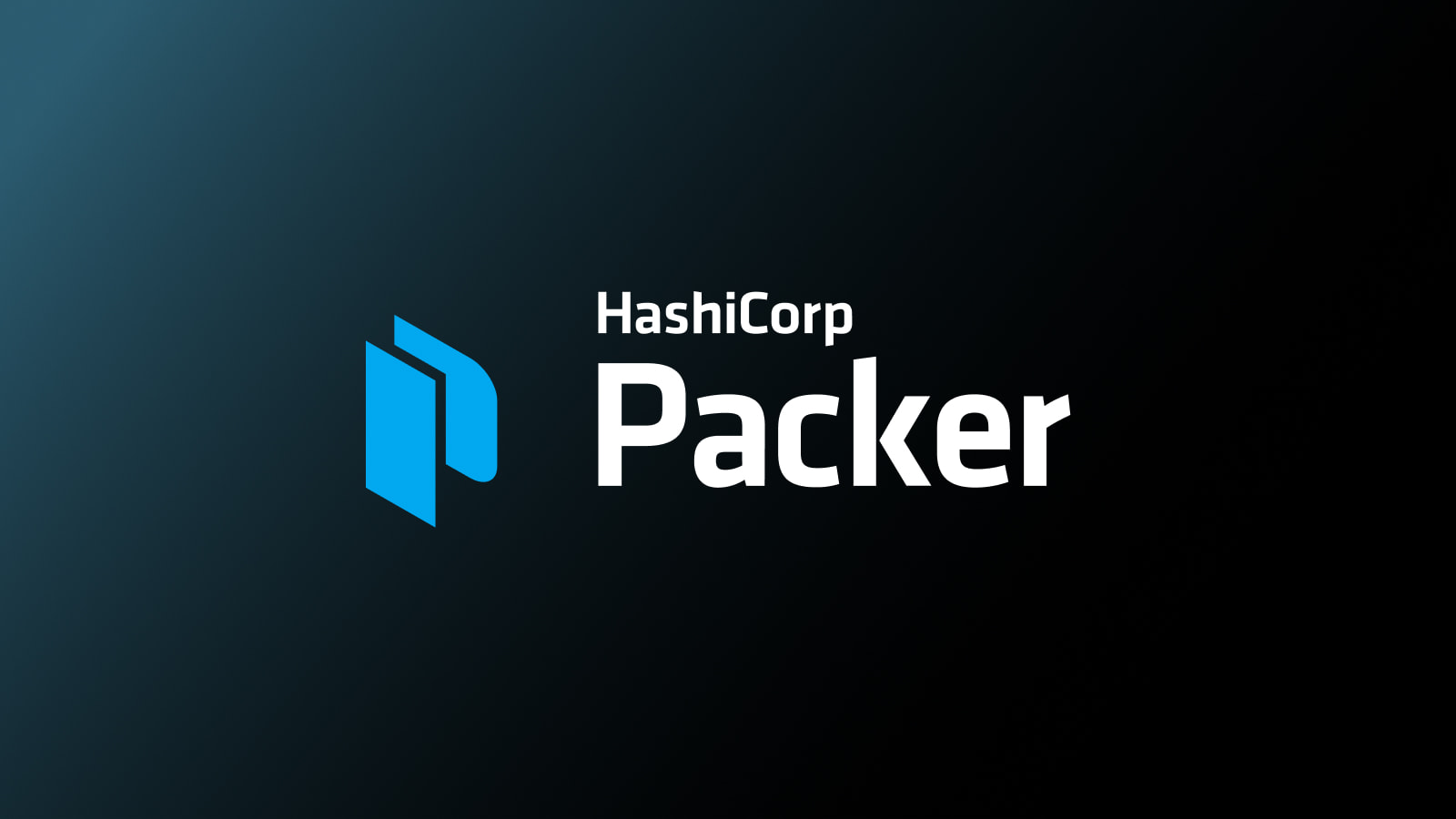An Introduction to Packer: Automating Machine Image Creation
 Cloud Tuned
Cloud Tuned
An Introduction to Packer: Automating Machine Image Creation
In the realm of infrastructure as code (IaC), automation is key to achieving scalability, consistency, and efficiency. Packer, a tool developed by HashiCorp, stands out as a powerful solution for automating the creation of machine images for multiple platforms. Whether you're deploying to the cloud, virtual machines, or containers, Packer streamlines the process of building customized, repeatable images. Let's delve into what Packer is, how it works, and why it's essential for modern infrastructure management.
What is Packer?
Packer is an open-source tool designed to automate the process of creating identical machine images for multiple platforms from a single source configuration. These images can range from Amazon Machine Images (AMIs) for AWS to VirtualBox virtual machine images, VMware images, Docker containers, and more. Packer allows you to define the configuration of your images in a JSON file, detailing the steps needed to provision and configure the machine.
How Does Packer Work?
At its core, Packer works by executing a series of steps to build and provision a machine image. These steps are defined in a JSON file called a "template." The template specifies the builders, provisioners, and post-processors necessary to create the desired image. Let's break down these components:
Builders:
Builders define the platform and type of image you want to create. Packer supports various builders, including those for popular cloud providers like AWS, Azure, Google Cloud, as well as virtualization platforms like VirtualBox, VMware, and Docker. Each builder requires specific configuration parameters, such as access credentials and image settings.
Provisioners:
Provisioners are responsible for setting up and configuring the machine once it's booted. They allow you to install software, run scripts, and perform any necessary configuration tasks. Packer supports several provisioners, such as Shell scripts, Ansible, Chef, and Puppet, enabling you to leverage your preferred configuration management tools.
Post-processors:
Post-processors are optional components that allow you to further modify or distribute the machine image after it's built. Common post-processing tasks include compressing the image, uploading it to a cloud provider, or creating a Vagrant box. Post-processors enable you to integrate Packer seamlessly into your deployment pipeline.
Why Use Packer?
Packer offers several advantages for automating machine image creation:
Consistency: By defining machine configurations as code, Packer ensures that every image is built identically, reducing the risk of configuration drift and inconsistencies between environments.
Efficiency: Packer automates the image creation process, saving time and effort compared to manual image building. Once defined, templates can be reused to create images for different platforms, minimizing duplication of effort.
Scalability: With Packer, you can easily scale your image-building process to accommodate changing infrastructure needs. Whether you need to build a single image or hundreds, Packer can handle the workload efficiently.
Flexibility: Packer supports a wide range of platforms and provisioners, allowing you to customize images to suit your specific requirements. Whether you need a lightweight container image or a fully configured virtual machine, Packer can accommodate your needs.
Integration: Packer integrates seamlessly with popular DevOps tools such as Jenkins, Terraform, and Ansible, enabling you to incorporate image building into your existing workflows.
Getting Started with Packer
To get started with Packer, you'll need to install it on your system and define a template specifying the desired image configuration. HashiCorp provides comprehensive documentation and tutorials to help you get up and running quickly.
Install Packer: Download and install Packer from the official website or use a package manager if available for your operating system.
Create a Template: Write a JSON template specifying the builders, provisioners, and post-processors for your image.
Build the Image: Run Packer with your template to build the image. Packer will execute the defined steps and produce the desired output.
Test and Iterate: Test the image to ensure it meets your requirements. Iterate on the template as needed to make adjustments and improvements.
Integrate with Your Workflow: Incorporate Packer into your deployment pipeline to automate image creation as part of your overall infrastructure management process.
Conclusion
Packer provides a powerful solution for automating the creation of machine images across multiple platforms. By defining machine configurations as code and automating the image-building process, Packer helps organizations achieve consistency, efficiency, and scalability in their infrastructure management practices. Whether you're deploying to the cloud, virtual machines, or containers, Packer streamlines the process of creating customized, repeatable images, making it an essential tool for modern DevOps practices.
Subscribe to my newsletter
Read articles from Cloud Tuned directly inside your inbox. Subscribe to the newsletter, and don't miss out.
Written by
